Cropped hairstyles and long-stemmed cigarettes. A flash of sequins and knee-length hems. The riff of a trombone, the clink of a glass. Dimly-lit rooms and within, liquid gold.
It’s captivating for us, isn’t it? Today we love the lure and the glam, the raspy Victrola that sets the mood. From L.A.’s Edison to New York’s PDT, we long for the secret somewhere, a hidden pocket into which fold back decades of time. Prohibition may have ended in 1933, but our fixation with its speakeasies, champagne coupes, and jazz melodies has clearly never waned.
And maybe there’s something to that, for it’s hard to find a more tumultuous decade than the 1920s—bookended by a World War and a Great Depression—but one that continually, if not paradoxically, serves as a source of gaiety, intrigue and inspiration. It birthed greats like Fitzgerald and Ellington. It’s synonymous with behemoths named Capone and The Mob. Where the alcohol was questionable, a newly-minted cocktail was mighty and from 1920 on, nightlife was never quite the same.
But let’s start at the beginning.
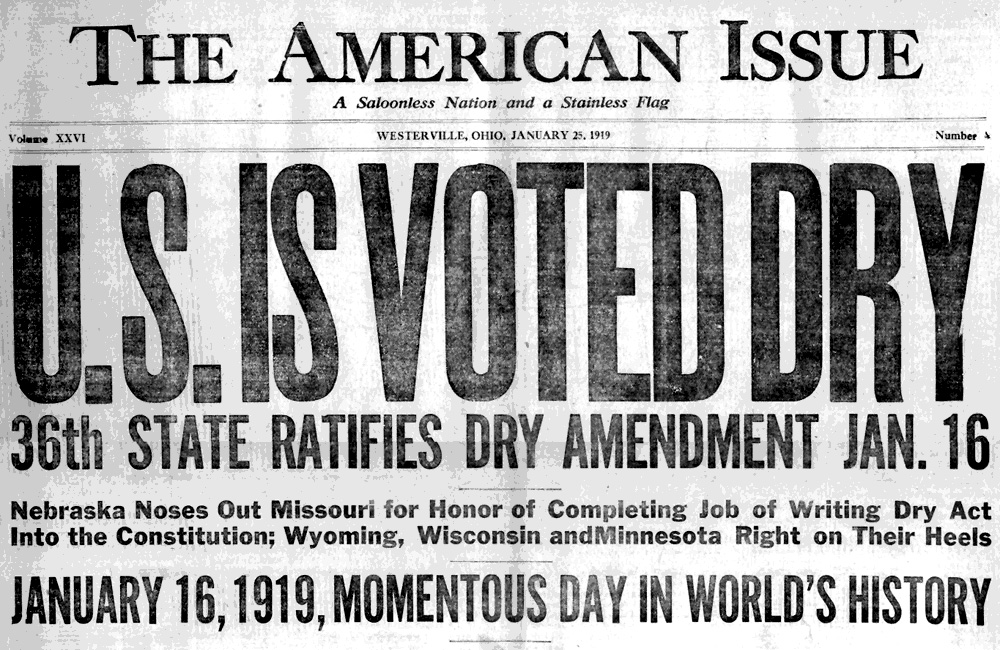
1919
The 18th Amendment was officially ratified on January 29, 1919, and it’s important to remember that “the noble experiment,” as it came to be known, stemmed from an equally noble root. What began in 1917 as a temporary wartime ban diverting grain from alcohol to food production quickly accelerated to Congress submitting an amendment to the States that would ban the manufacture, sale and transportation of all intoxicating liquor. It was projected to take up to seven years for the required ¾ of the States to ratify this amendment.
It only took 11 months.
To understand why is to go back even further—almost a century earlier. In the United States, to live during the 1820s meant to live under limited means and even more limited rights. Women and children were the property of men; African-Americans were the property of whites. What’s more, alcohol was everywhere. By 1830, Americans consumed almost seven gallons a year per capita, credited with crippling marriages and families, ballooning workhouses and prisons.
With a rising sense of powerlessness, women found safety in numbers and also, in the church. As the Second Great Awakening gained ground among Protestants and abolitionists, the idea of moral perfection did too. Women and men, both, started championing “temperance” as not just a service unto God, but to family and society at large. The forerunner of Alcoholics Anonymous, the Washingtonian Society, began during this time, as did the greater Temperance Movement, encouraging men to give up drink, women to pray in front of saloons, and for all to embrace teetotalism.
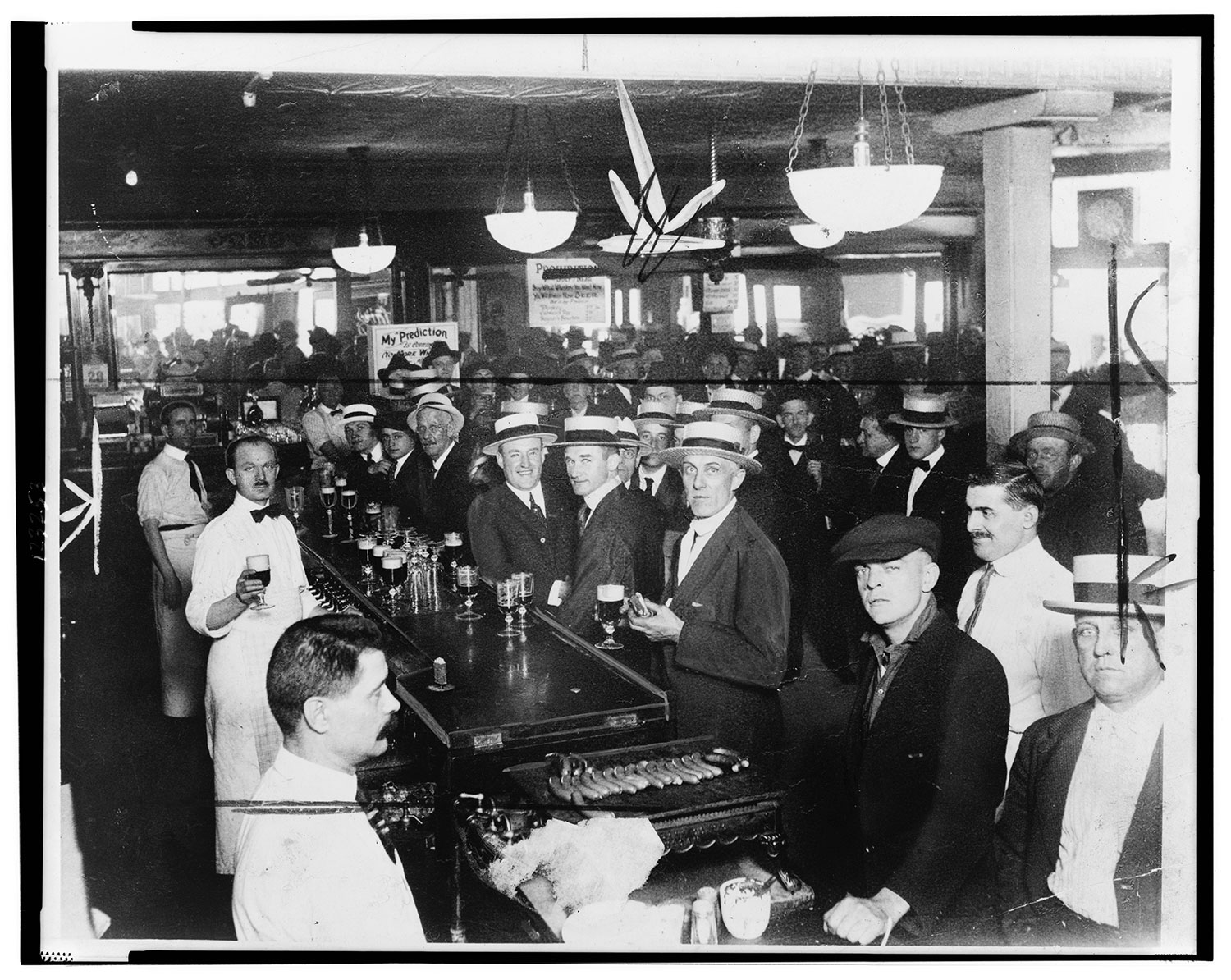
Enter: 1861. The Civil War significantly halted alcohol abstinence, as one would expect during dark times, and in struggling to recoup the costs involved with war, the government turned to alcohol taxation (from where eventually a third of its budget would come). Membership in temperance leagues dwindled and a new drinking culture emerged, spearheaded predominantly by European immigrants whose brewing prowess we still recognize and enjoy today.
But at the close of the century, this saloon resurgence was again met by determined women—only this time, women who didn’t just want their husbands back from the bar, but their own rights, as well. The Women’s Christian Temperance League (WCTU) was instrumental in caring for orphans, founding homes for inebriated women, establishing public drinking fountains, and advocating equal pay for equal work. Additionally, they championed temperance classes in schools to educate children on the dangers of alcohol, often relying on fear over actual fact.
This generation of anti-alcohol propaganda, coupled with the real problem of saloon violence and family abandonment, set the stage for the Anti-Saloon League. Founded in Ohio in 1893, the Anti-Saloon League would grow to become the driving force behind Prohibition, lobbying hard at all levels of government using new-fashioned business tactics to motivate based on emotion, civic duty and, especially after WWI, a growing anti-German sentiment. Bye-Bye Brew Haus.
Like so many issues that define our nation, the lead-up to Prohibition’s ratification in 1919 is complex at best. But it’s impossible to understand the climate of the 1920s without first acknowledging the environment that preceded it: a nation emerging from the shadow of war. Intertwined lines of church and state. Gender roles changing for the very first time.
And money, lots of money, available to those willing to bend the rules.

Mid ‘20s
Prohibition went into effect in January of 1920, one year after it was ratified. The rules that governed the enforcement of Prohibition were laid out in the Volstead Act—severe legislation that defined anything intoxicating (therefore, against the law to make, sell or transport) as that which contained more than 0.5% alcohol. By that measure, even selling sauerkraut should have been illegal. Enforcing Prohibition was simple enough in the countryside and small towns that had supported the amendment to begin with, and at its start Prohibition did lead to a decrease in the number of alcohol-related arrests and deaths.
However, it was in the cities where trouble brewed. Those who felt that the government had no right to impose morality or who, simply, just didn’t believe alcohol was immoral found a way around the bottle’s ban. Since it wasn’t illegal to drink during Prohibition (ironically), bottles of booze that were purchased before the amendment were grandfathered in for personal, private use. Medicinal whiskey was permitted via prescription and communal wine was allowed for religious purposes. So the alcohol was there, getting it just required some know-how and the occasional wink and a bribe—and possibly, a diagnosis of high blood pressure.
Many winks and bribes later, speakeasies were in full force. By 1925, they weren’t just a place to wet a whistle; they were the epicenter for a changing public. After gaining the right to vote in 1920, women were continuing to shed layers of Victorian repression—figuratively and literally. Fabrics were lighter and brighter; hemlines were higher and freer. As the advertising industry ignited, cosmetics and fragrances became popular, further allowing a woman to embrace her own means of self-expression; a night out downtown became prime opportunity for her to do so. There was a newfound zest for life in such places, seeing the sexes as equals and sex itself as open and experimental. Alcohol, legal or not, was considered a normal part of this equation.
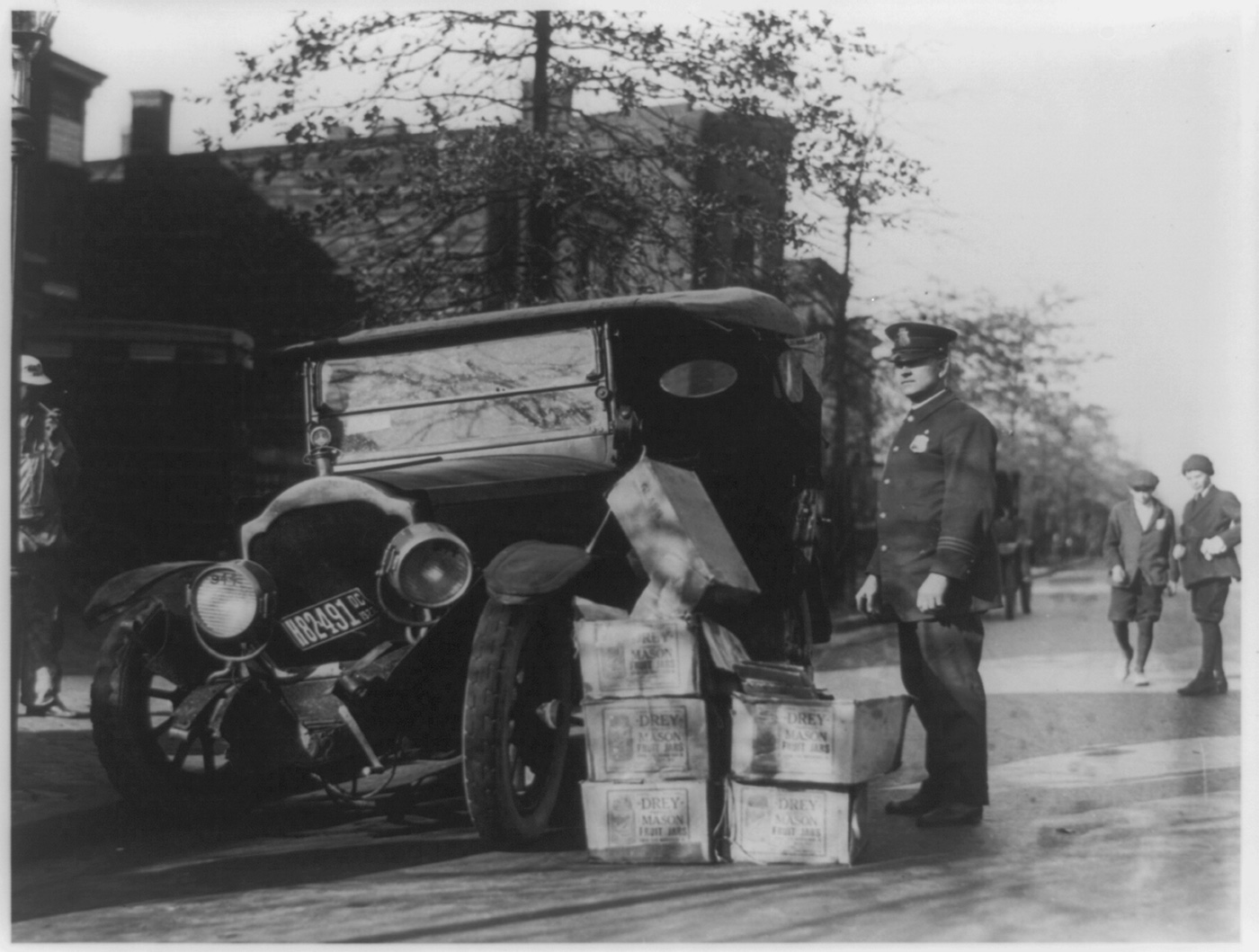
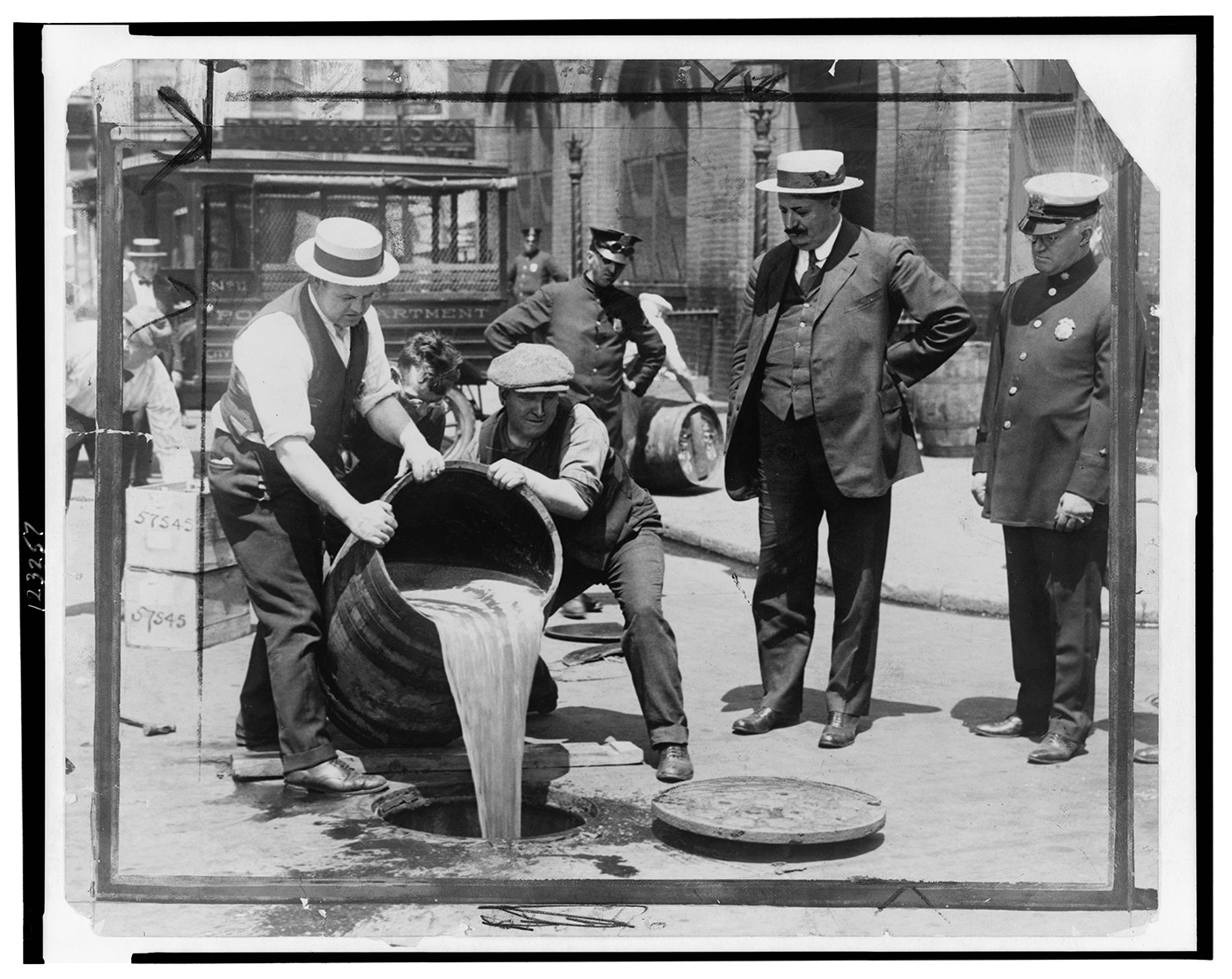
In addition to widening the appeal of the cocktail and lessening a need to be modest, speakeasies—whether one room apartments or highbrow clubs—allowed for new music and dance styles to flourish, largely in part to white society meeting black culture for the first time. Although class and race designations remained noticeably in place, the popularity of jazz music began the dissolution of other generationally-held lines. Many young people chose to rebel, not just against Prohibition, but against tradition in all of its forms. Dancing the Charleston and listening to Armstrong was often the easiest, most entertaining way.
And not to be overlooked during all of this: organized crime. It’s arguably the bedrock for the ‘20s ethos we know today. The ink on the Volstead Act was barely dry before would-be capitalists took advantage, smuggling alcohol in from offshore boats, backcountry stills and hijacking medicinal whiskey as it was transported to pharmacies. With a limited number of federal agents to enforce Prohibition, it was easier to dodge the law than follow it. It was also far more lucrative to accept a bribe than to rely solely on one’s (often dismal) government salary. Many agents, beat cops and police chiefs routinely looked the other way in favor of a weekly bonus, granting previous small-time criminals new reign over a booming industry.
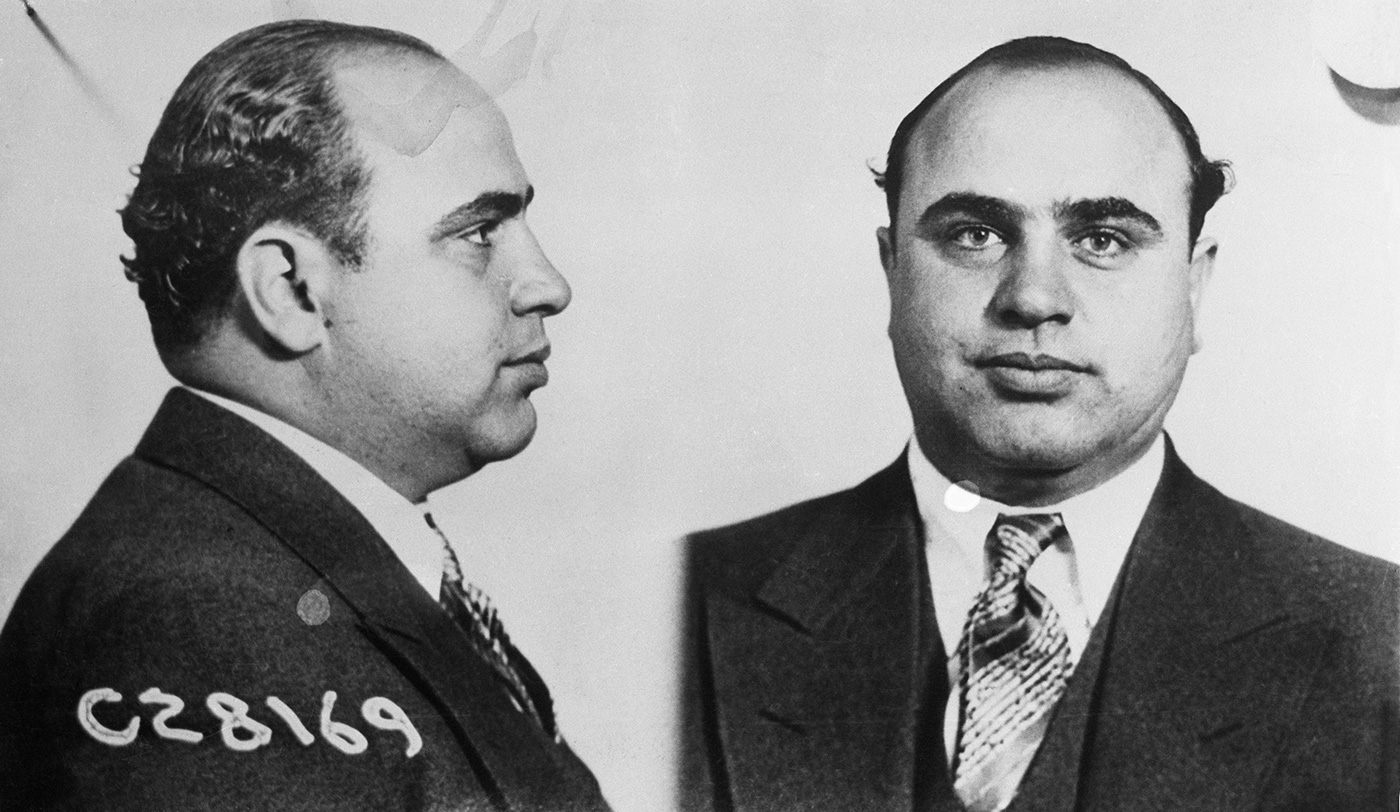
In particular, disenfranchised immigrants found unprecedented power and wealth in working the chaos of Prohibition to their gain. Through a groundwork of territories and front businesses, crime operations in cities like Chicago and New York created a national environment where corruption, not just alcohol, was king. Courts were overrun with local bootleggers while higher up “bosses” routinely evaded conviction. As the demand for alcohol grew, the potential for profit escalated and the double-crosses began. Territories were stolen. Snitches revealed. Law enforcement proved untrustworthy and murder was, literally, in the streets. Before long, blood flowed as easily as the booze it was spilled over.
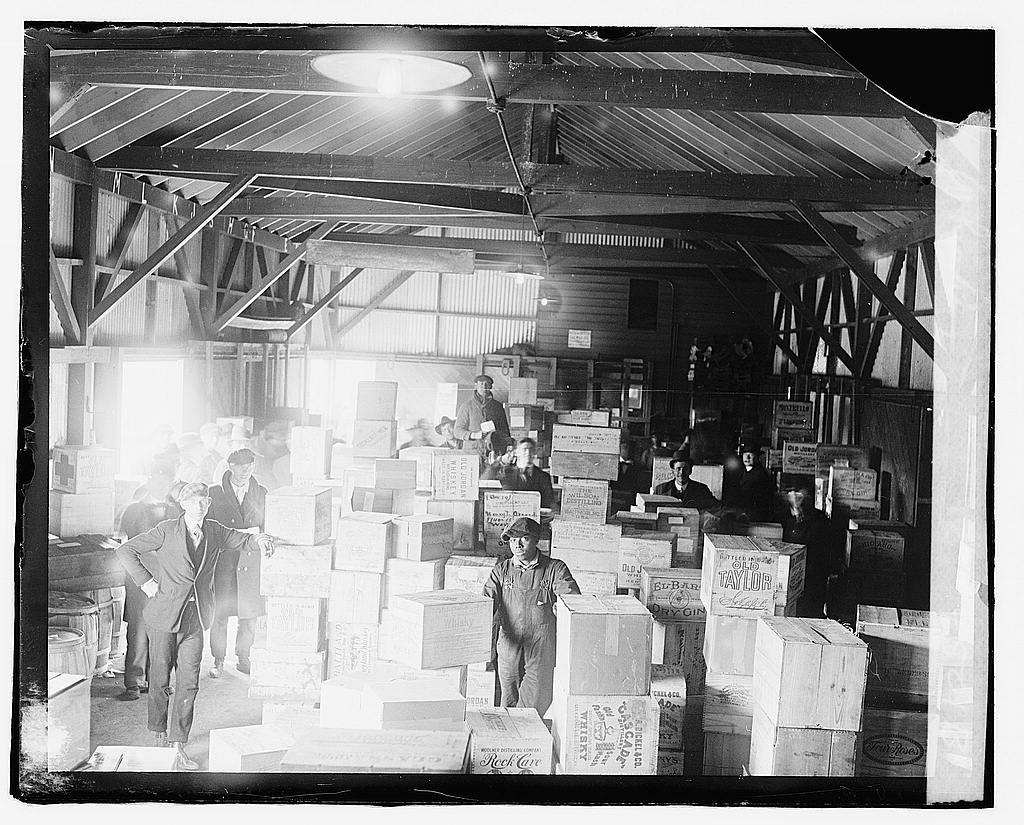
1929
The 1920s roared for a reason. Never before had Americans experienced such a diversifying of opinion, rapidly expanding through individual expression. Lines were drawn and colored wildly beyond, whether between city and country, women and men, blacks and whites, immigrants and settlers, or Wets and Drys. There was newfound equality matched by serious disparity, and while it’s impossible to say which sides “won,” maybe it’s better that we can’t—the close of the decade brought one great equalizer when the stock market crashed in October of ‘29.
Although it would take a few more years for the serious ramifications of the crash to deepen into the Great Depression, and three years for Prohibition itself to be repealed, 1929 was a turning point. It signaled the party was over. The lights had come on. Whether we had gone too long, too fast in one direction or not nearly far enough in another, we’ll never know.
What we do know is this:
Through the cracks in our government and limits of society, life still flows. It can be sordid or precious, most likely both, and it’s probably better that it is. When we err too much on the side of one extreme, we miss the shape of the thing completely. We need boundaries, but we also need those boundaries to evolve—to find balance between anarchy and order, for the whole to exist without discrediting its parts.
The 1920s will forever romance us because it’ll forever remind us of how glitteringly faceted life is. There’s art in the midst of strife, moments of valor as mighty as vengeance, times we’ll get drawn in with the crowd and others, we’ll be left to lead a cause alone.
And because of that, regardless of what form it takes or how long it lasts, we can always raise a glass to our moments of victory.
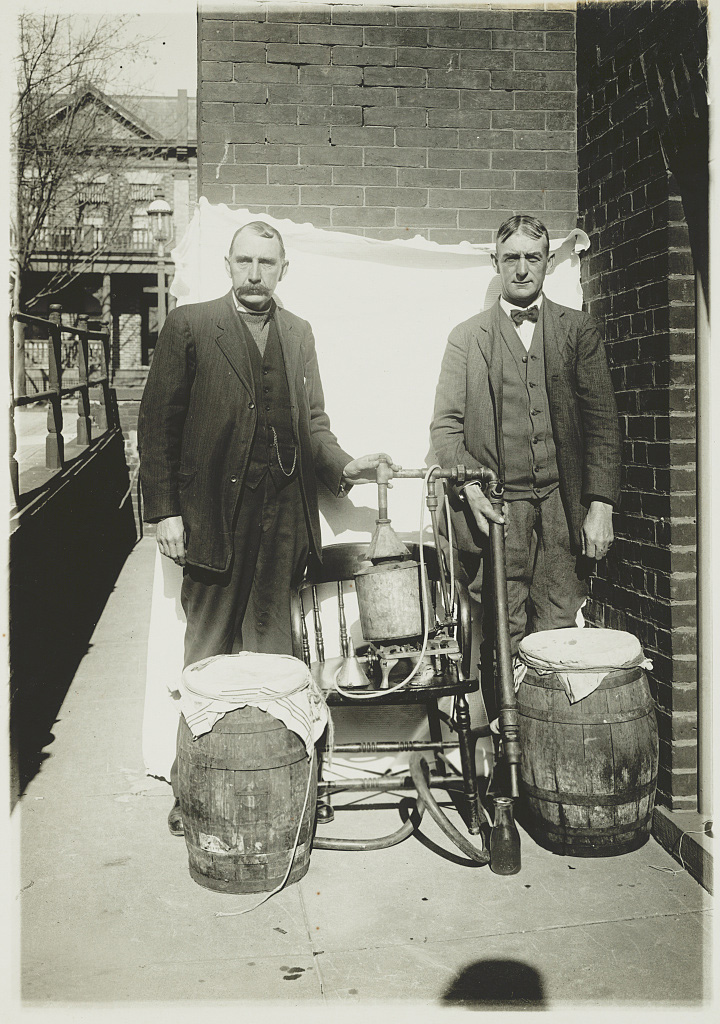
Author References
1. Coyote, P., Clarkson, P., Danner, B., Giamatti, P., Hanks, T., Lithgow, J., Platt, O., … PBS Home Video. (2011). Prohibition. Culver City, Calif: PBS Home Video.
2. National Research Council (US) Panel on Alternative Policies Affecting the Prevention of Alcohol Abuse and Alcoholism; Moore MH, Gerstein DR, editors. Alcohol and Public Policy: Beyond the Shadow of Prohibition. Washington (DC): National Academies Press (US); 1981. Temperance and Prohibition in America: A Historical Overview. Available from: https://www.ncbi.nlm.nih.gov/books/NBK216414/
3. “Prohibition and Its Effects.” Prohibition and Its Effects | The Gilder Lehrman Institute of American History. N.p., n.d. Web. 10 Feb. 2017.
4. “The Volstead Act.” US House of Representatives: History, Art & Archives. N.p., n.d. Web. 10 Feb. 2017.
5. The Editors of Encyclopædia Britannica. “Volstead Act.” Encyclopædia Britannica. Encyclopædia Britannica, Inc., 05 Oct. 2010. Web. 10 Feb. 2017.
6. History.com Staff. “Prohibition.” History.com. A&E Television Networks, 2009. Web. 10 Feb. 2017.
Photography
Archival photography sourced by the Library of Congress





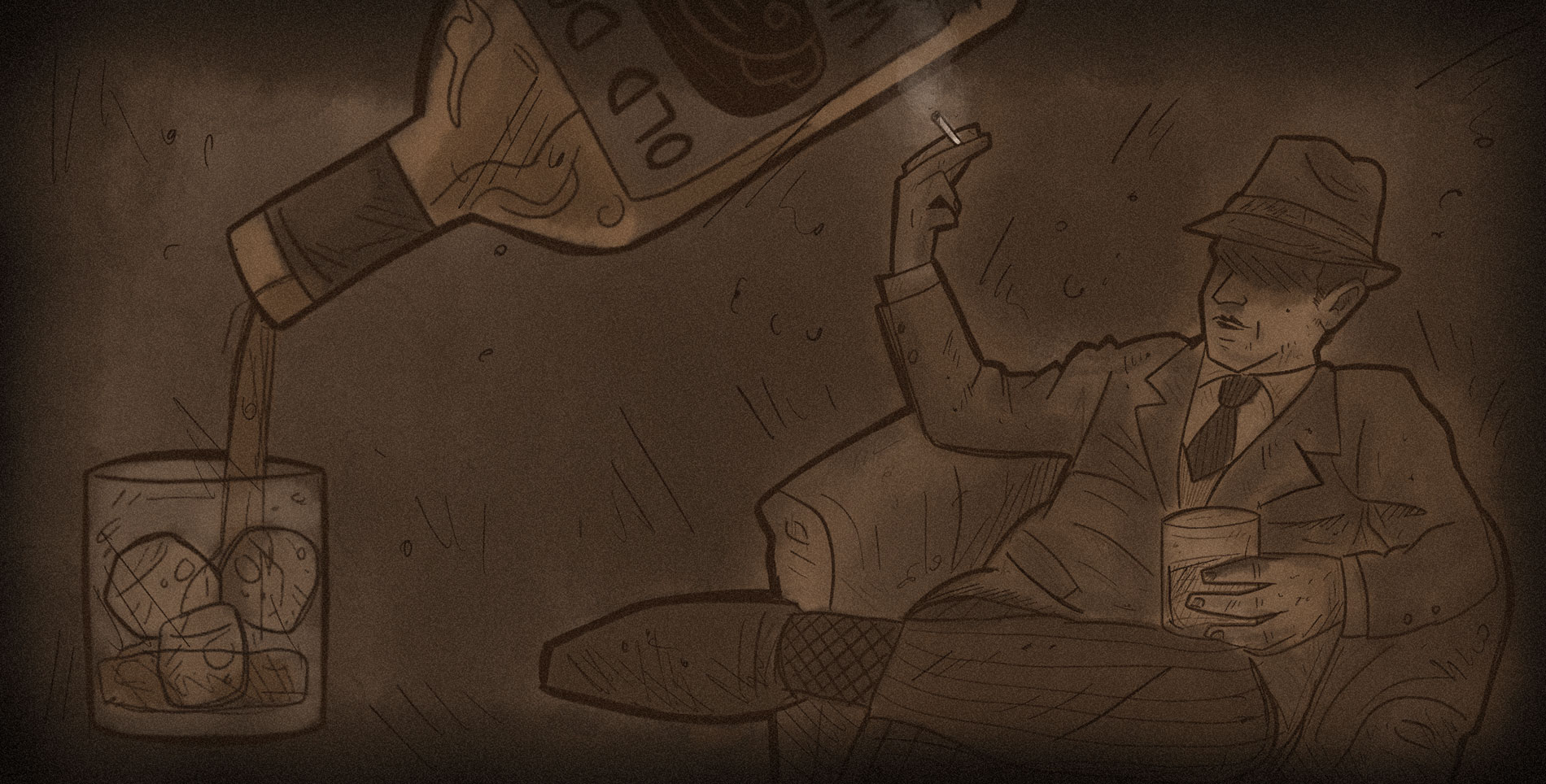

Our comments section is for members only.
Join today to gain exclusive access.